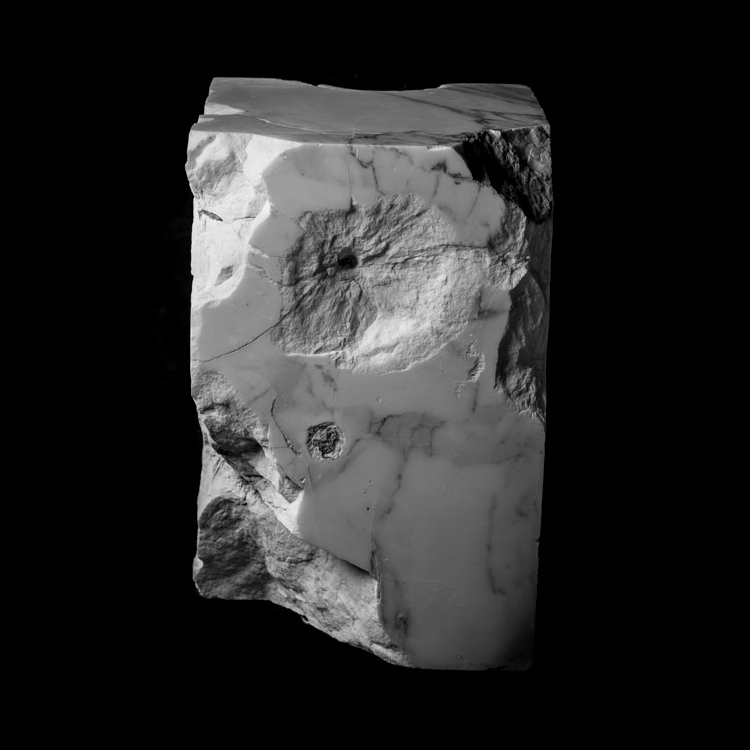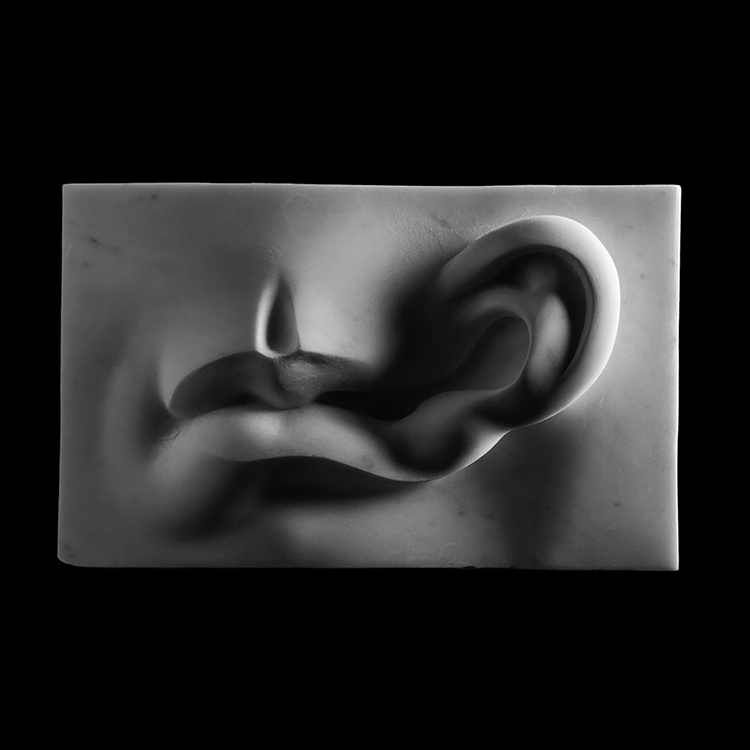All Italians are Thieves
Napoleon
He loved his country of origin so much that he wanted a piece of it.
The desire to possess is also one of destruction.
He might have heard that “Sculpture is that which is done by means of removal”. Perhaps he thought the same sentiment can apply to the removal of sculptures from private collections, churches and museums to display them in his own museum. The interpretation is remarkable. It makes one reflect on the contextual meaning of “removal”.
Surely Napoleon had good intentions.
He took the advice literally. Maybe he had artistic ambitions and wanted to become a sculptor.
He demonstrated a profound understanding of sculptural principles. He decided to display the looted bounty so that it could be observed from all angles. One of the most historically revered sculptors and a contemporary of Napoleon, who made a few flattering portraits of his compatriot, seems not to have understood this lesson as well as the Emperor.
Canova
He surely knew that sculpture is “that which is done by means of removal”. Hardly anyone had sculped in a more subtle and sophisticated way than him. His marble sculptures made viewers believe whatever reality he chose to carve. Canova was a magician that turned the hardest matter into the softest skin, the purest silk, or the most weightless wings.
But in doing so, he took away from the stone’s main characteristics – its hardness, weight, and gravitas.
After surveying the repatriation of the Napoleonic loot, Canova deprived these sculptures of their three-dimensionality by placing them next to one another, on a shelf. They still stand there today, stiffly looking into the emptiness ahead of them.
Perhaps this display was intentional and a retaliation against Napoleon. Degrading the sculptures from the honourable rank the French General had granted them.
He reserved this luxury only to the statue that he made in his honour.
Damien
Naples’s lion. City of ancestors. Arguably Italy’s most violent city, where the credo of ‘removal’ is practiced with an unprecedented creativity.
Upon entering the studio, one is overwhelmed by the quantity of tiny sculptures present. A closer look at the replicas reveals their true nature: cut-outs from flashy catalogues, displayed as trompe-l’oeils to deceive the eye. They’re in fact just silhouettes.
Unwilling to follow Napoleon in his looting practice, contempt is found in the removal of photographic reproductions from fancy magazines. A small portable private collection.
One is often overwhelmed by the impossibility to grasp sculpture in its totality. Sculpture confronts us with the limits of our perception, set to see only what is presented before us. As a result, it deprives the work from its three-dimensionality. Our eyes reduce a sculpture to a silhouette. Clear cut propaganda. No ambiguities.
What Rodin took from his trip to Italy was the understanding that a sculpture is comprised of many, if not endless profiles, all working harmoniously to convey an intended concept. But we are still granted only one at a time.
Due to its nature and challenged by the impotence to fully grasp one’s subject, the painterly representation of reality comes to term with this handicap, while the painter engages in a schizophrenic imitative practice that functions as a cathartic process to exorcise the unsatisfiable desire to possess the object of one’s obsession.
Painting becomes a ritual that results in the offering of the true image.
It’s destruction.
Iconoclasm as a declaration of love.
The reproduced (produced again) subject, is highlighted with a luminescent violence that destroys/removes the identity of the portrayed. A phantasmagorical transcription.
A sacrifice of detail and a re-presentation of a new state of ambiguity.
Ancient faces fade into a blinding white light and become hypnotic suns.
Archaic gods.
Napoleon once boldly stated that all Italians are thieves. Canova, present at the occasion, immediately re-established order replying that this is not true of all Italians, but ‘Buonaparte’ (a good deal).
It remains to clarify whether the ‘art of removal’, so well-practiced by the three, is to be considered a sculptural practice or a crime.
































